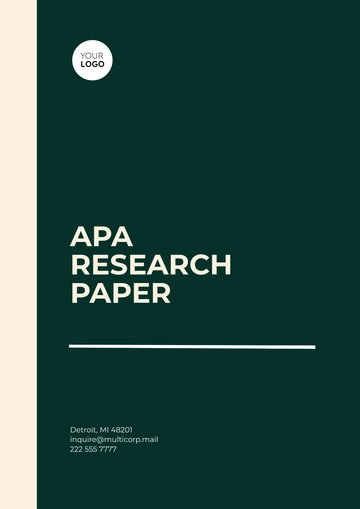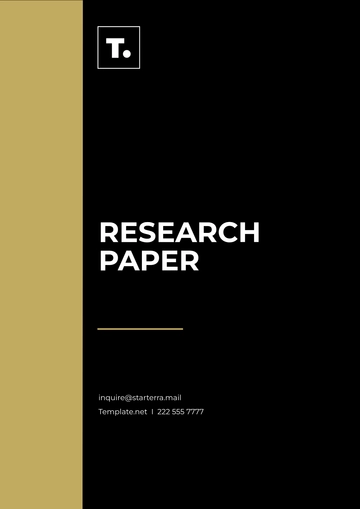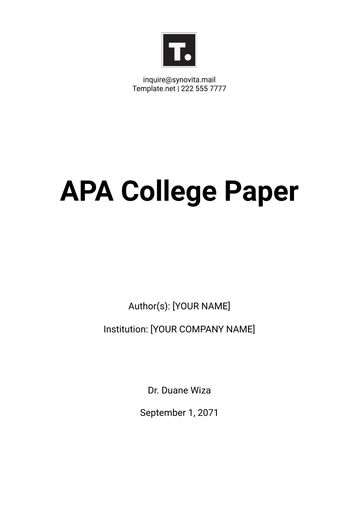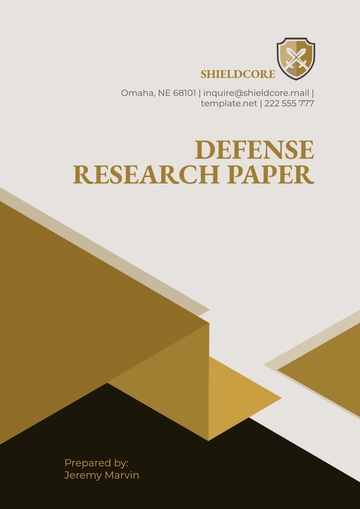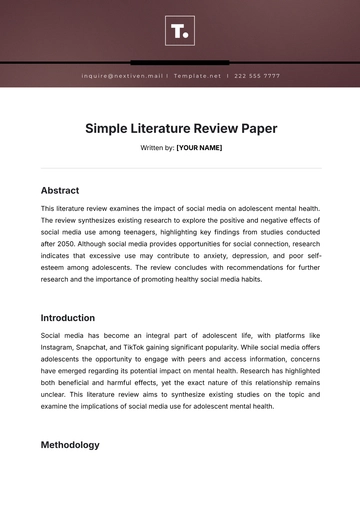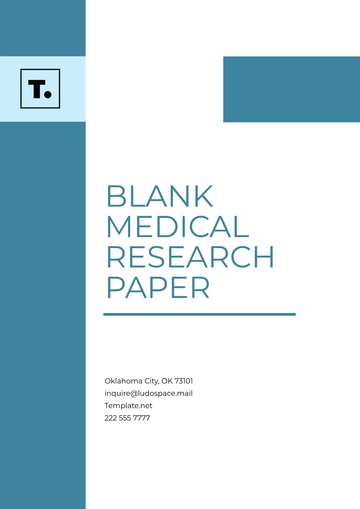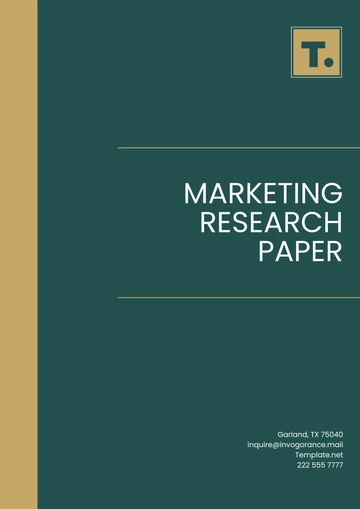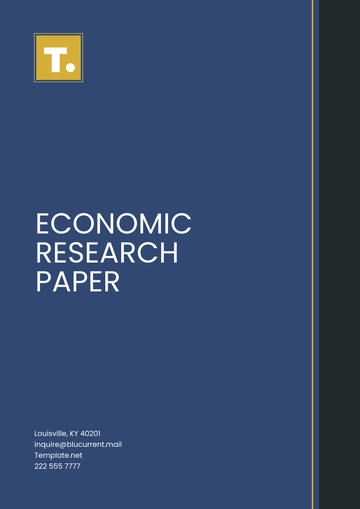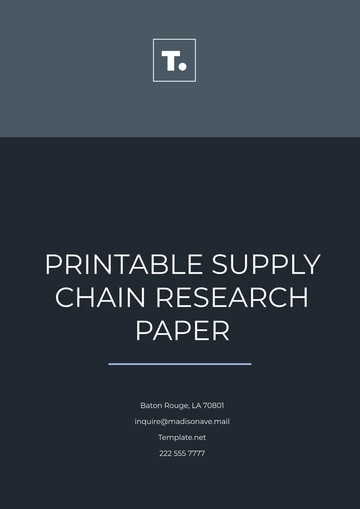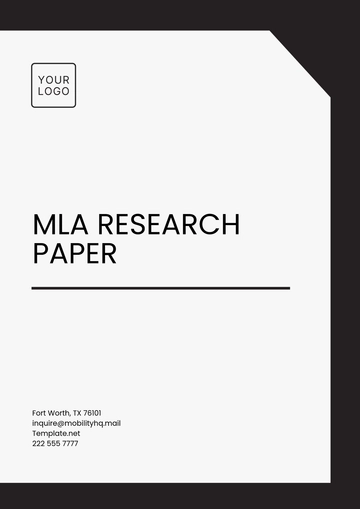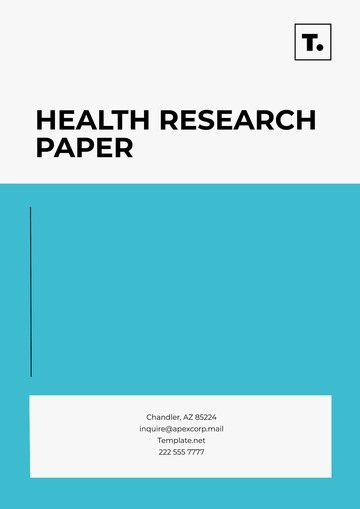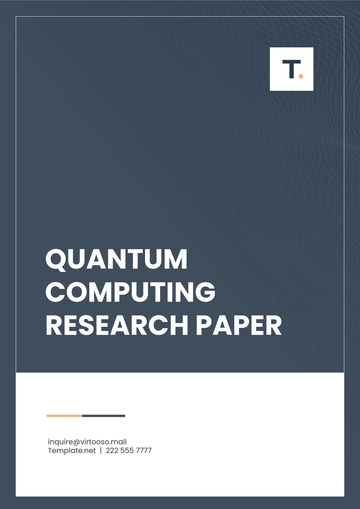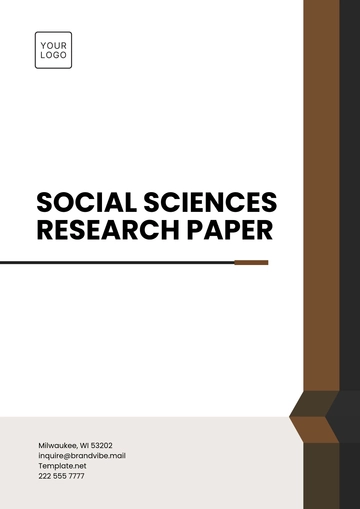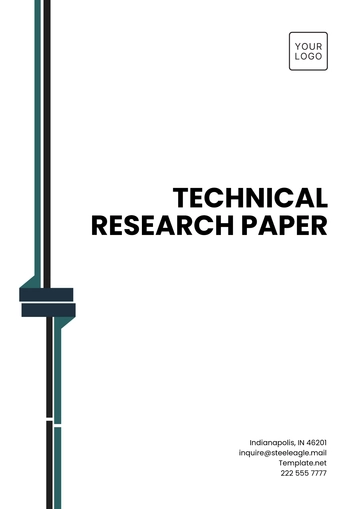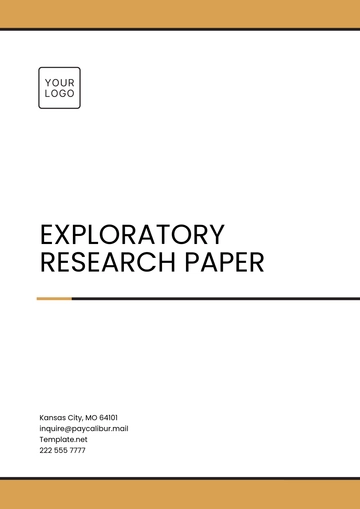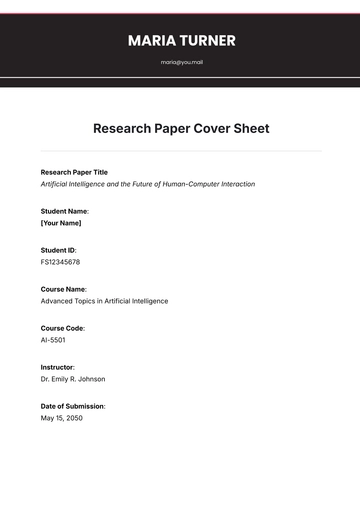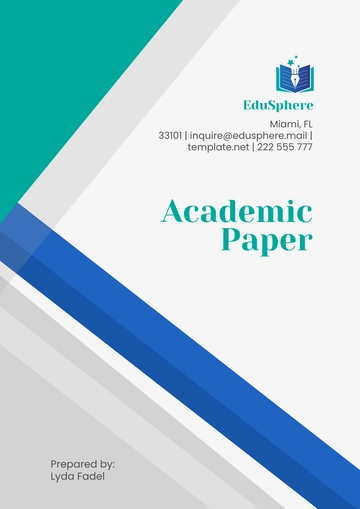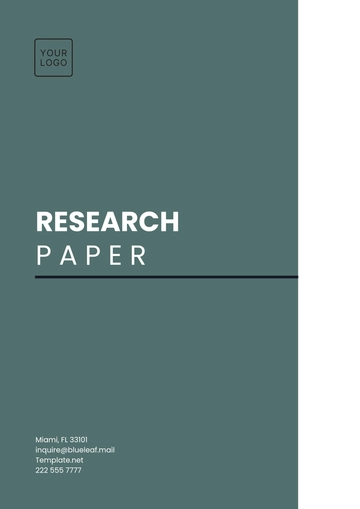Free Cleanroom White Paper
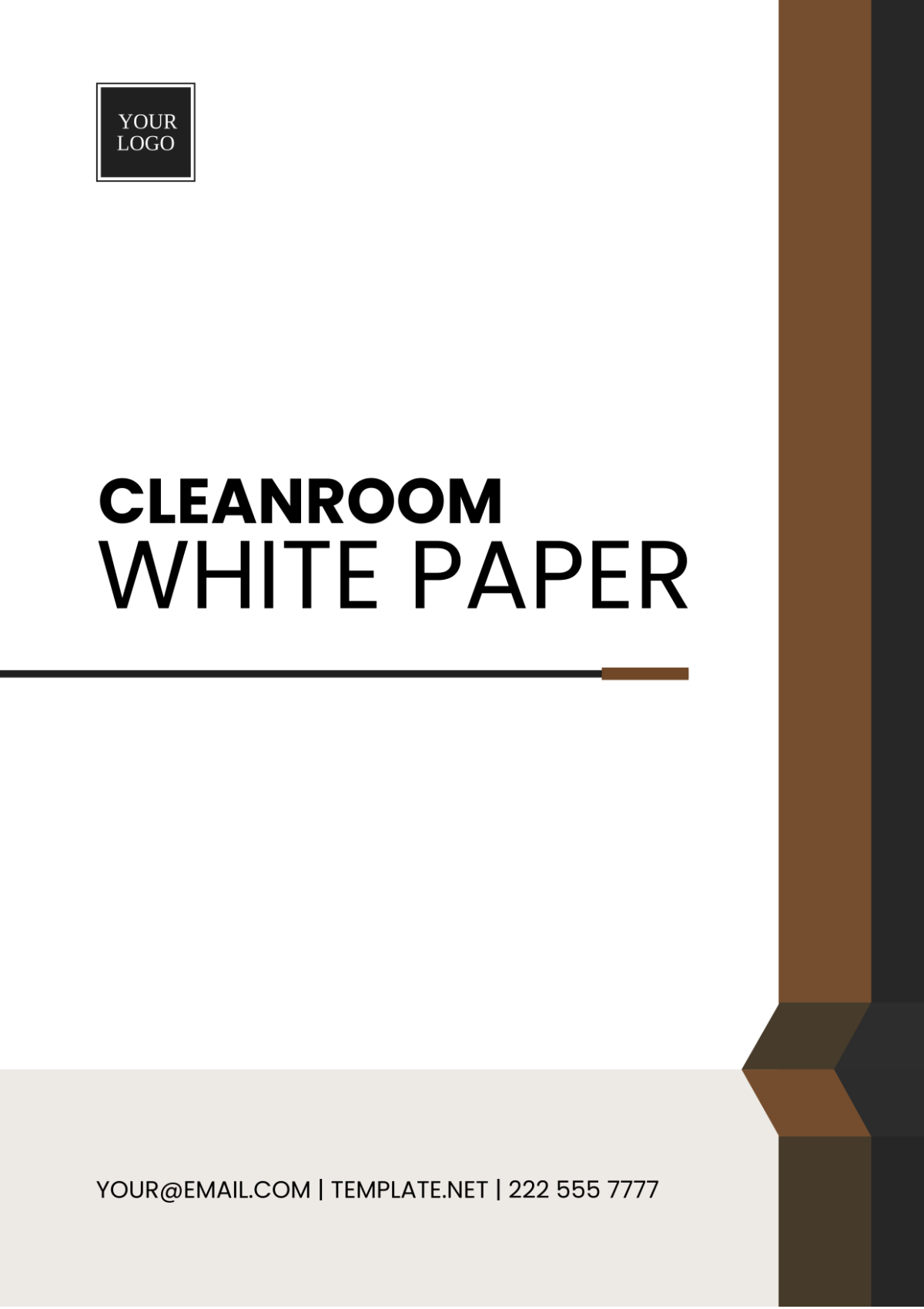
I. Introduction

Welcome to the Cleanroom White Paper by [YOUR COMPANY NAME]. In industries such as biotechnology, pharmaceuticals, and semiconductor manufacturing, cleanrooms play a critical role in ensuring product integrity and safety. This document serves as a comprehensive guide to understanding and implementing best practices in cleanroom management.
II. Importance of Cleanroom Compliance
In today's fast-paced and highly regulated industries, adherence to cleanroom standards is not just a preference but a necessity. Failure to comply with international benchmarks such as ISO 14644 and US Federal Standard 209E can have significant repercussions. For instance, non-compliance may lead to:
Product contamination, resulting in costly recalls and damaged reputation.
Compromised product quality, leading to customer dissatisfaction and loss of market share.
Legal and regulatory penalties, impact both finances and credibility.
III. Current Standards and Regulations
ISO 14644 and US Federal Standard 209E are cornerstones of cleanroom compliance. ISO 14644 classifies air cleanliness based on particle concentration levels, while US Federal Standard 209E defines cleanroom classes by particle count. These standards provide clear guidelines for maintaining the desired level of cleanliness and ensuring consistency across industries.
IV. Best Practices in Cleanroom Maintenance
Successful cleanroom maintenance requires a proactive approach and meticulous attention to detail. Here are some best practices to consider:
Implementing regular cleaning and disinfection schedules tailored to specific cleanroom requirements.
Monitoring and controlling environmental parameters such as temperature, humidity, and pressure to maintain optimal conditions.
Providing comprehensive training and ongoing education to personnel to ensure adherence to cleanroom protocols.
Conducting regular audits and assessments to identify areas for improvement and address potential risks proactively.
V. Implementing Effective Cleanroom Technology

Incorporating advanced technologies can streamline cleanroom operations and enhance efficiency. Some key technologies to consider include:
High-Efficiency Particulate Air (HEPA) and Ultra-Low Penetration Air (ULPA) filters for superior air purification.
Automated cleaning robots to reduce human error and increase productivity.
Real-time particle monitoring systems for continuous monitoring and early detection of contamination events.
VI. Conclusion
In conclusion, maintaining a cleanroom environment is crucial for ensuring product quality, regulatory compliance, and customer satisfaction. By adhering to industry standards and implementing best practices in cleanroom management, organizations like [YOUR COMPANY NAME] can mitigate risks and achieve operational excellence.
VII. Contact Information
For further inquiries or assistance, please don't hesitate to contact:
[YOUR NAME]
[YOUR COMPANY NAME]
Email: [YOUR COMPANY EMAIL]
Phone: [YOUR COMPANY NUMBER]
- 100% Customizable, free editor
- Access 1 Million+ Templates, photo’s & graphics
- Download or share as a template
- Click and replace photos, graphics, text, backgrounds
- Resize, crop, AI write & more
- Access advanced editor
Delve into the ultimate Cleanroom White Paper Template on Template.net! Expertly crafted, it offers complete editability and full customization to fit your precise needs. Seamlessly integrate it into our Ai Editor Tool for effortless creation, modification, and enhancement. Transform your cleanroom management strategy with this indispensable resource. Try it now.
